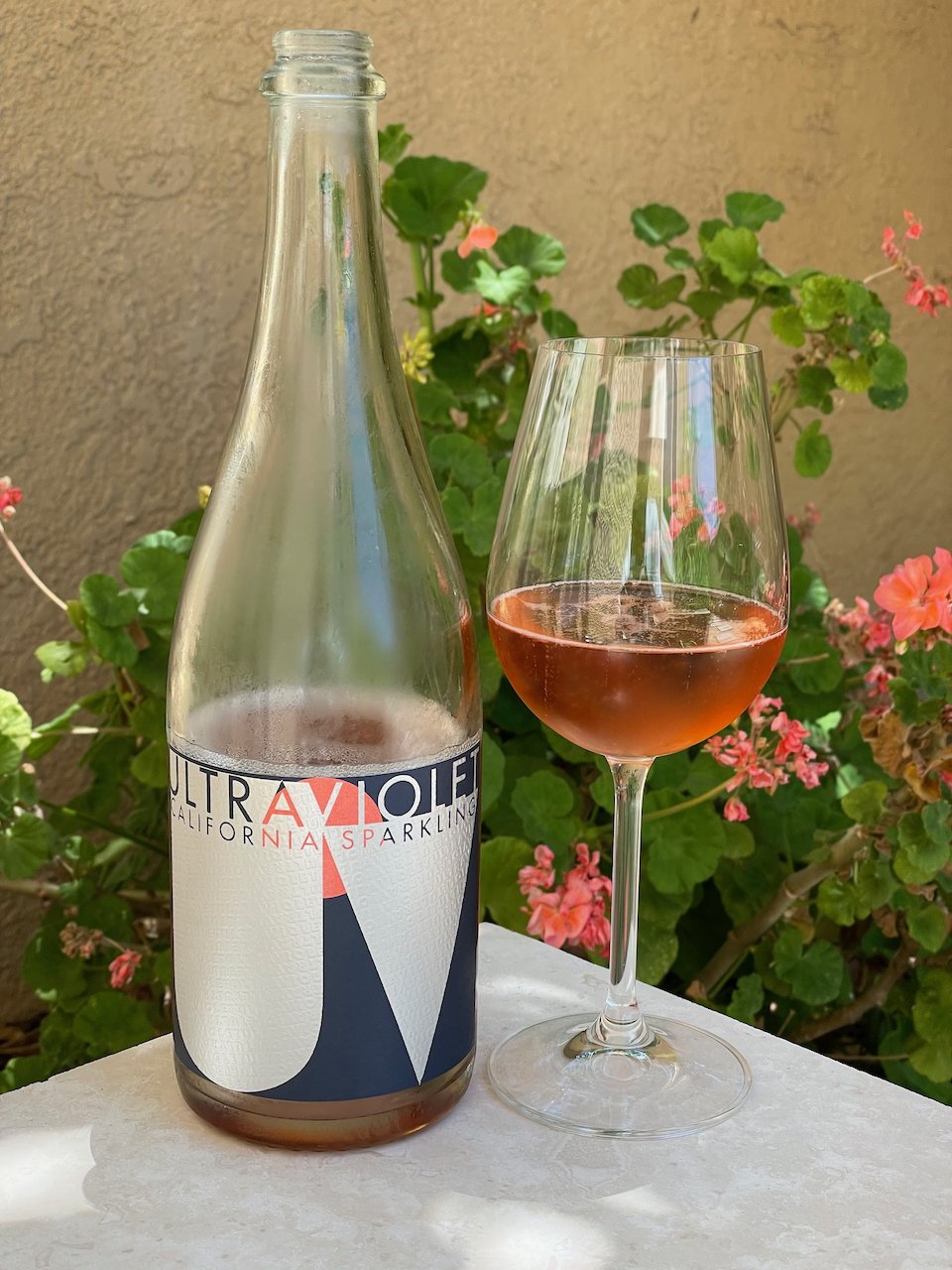Everybody loves Champagne. It's a treat that is generally poured in small fluted glasses and raised during toasts at special occasions. But what a lot of people don't realize is that they are not drinking Champagne. Read more
Champagne
Champagne is a sparkling wine that is produced in the relatively small region of Champagne in France. Only those sparkling wines produced in this region are allowed to be labeled as 'Champagne.' And an entry level bottle of Champagne is going to start in the $50 range. So, typically you are toasting with some other sparkling wine. Read more
Champagne is typically produced from three grapes — Pinot Noir (Yes! A red wine grape!), Chardonnay and Pinot Meunier
To be called Champagne, it must be produced in the Champagne region of France. Otherwise, it’s called Sparkling Wine
The first step in making Champagne is to make the wine, like any other wine, in a barrel or tank and bottle it
The wine becomes carbonated by a second fermentation inside the bottle that is initiated by adding a solution of sugar and yeast. As the yeast consumes the sugar, it gives off carbon dioxide which stays trapped in the wine since the bottle is capped
Champagne bottles are stored with their neck down during the second fermentation so that the yeast will settle in the neck
The upside down bottles are regularly turned to ensure all the yeast ends up in the neck of the bottle in a process called riddling
The Champagne bottle is then opened and the spent yeast is removed or disgorged
Finally, some additional wine and sugar is added (the dosage) to balance the Champagne’s acidity
This process of making Champagne is called the méthode champenoise
And, just as a reminder, Champagne grapes are not used in the production of Champagne.
U.S. Sparkling Wine
In the U.S., there are a tremendous number of makers of sparkling wine. Most will produce a wine that can taste very much like the French Champagne. And, you can also find these sparkling wines infused with fruit flavors such as peach and nut flavors such as almond. An entry level bottle of sparkling wine in the U.S. can be as little as $5. Read more
California can produce sparkling wines with “Champagne” on the label and it is perfectly legal to be called Champagne. The loophole that makes this legal stems from a ruling in 2005, after two decades of court battles, when the U.S. and the EU reached an agreement. In exchange for easing trade restrictions on wine, the American government agreed that Champagne would no longer appear on domestic wine labels – that is, unless a producer was already using the name
Prosecco and Asti
In Italy, Prosecco is their signature sparkling wine. Produced in the Veneto region just north of Venice, this sparkling wine usually produces bigger bubbles. Bottles of Prosecco can be purchased in the $10- $15 range. Read more
Cava
The sparkling wine of Spain is Cava that is produced in the Catalonia region of Spain where Barcelona is located. Nice bottles of Cava can be purchased for around $15. Read more
Styles of Champagne and Sparkling Wine
Brut Nature - This style is bone dry. It has little or no sugar content (0–3 g/L sugar).
Extra Brut - This style is also bone dry but, it can have up to twice the sugar level of Brut Nature (0–6 g/L sugar). But, this little bit of sweetness creates a wonderful balance with Champagne’s naturally high acidity.
Brut - This is the most common style. While considered “Dry” this style can have twice the sugar of Extra Brut (0–12 g/L sugar).
Extra Dry - This is the one that always confuses people. This style is sweeter which actually makes it also taste a bit Fruity (12–17 g/L sugar).
Dry - The confusing continues. This style is getting up there in sweetness (17–32 g/L sugar).
Demi-Sec - Now you’re talking Sweet (32–50 g/L sugar). This style works well with desserts or cheeses.
Doux - This one, while very rare to find, is SWEET (50+ g/L sugar).




